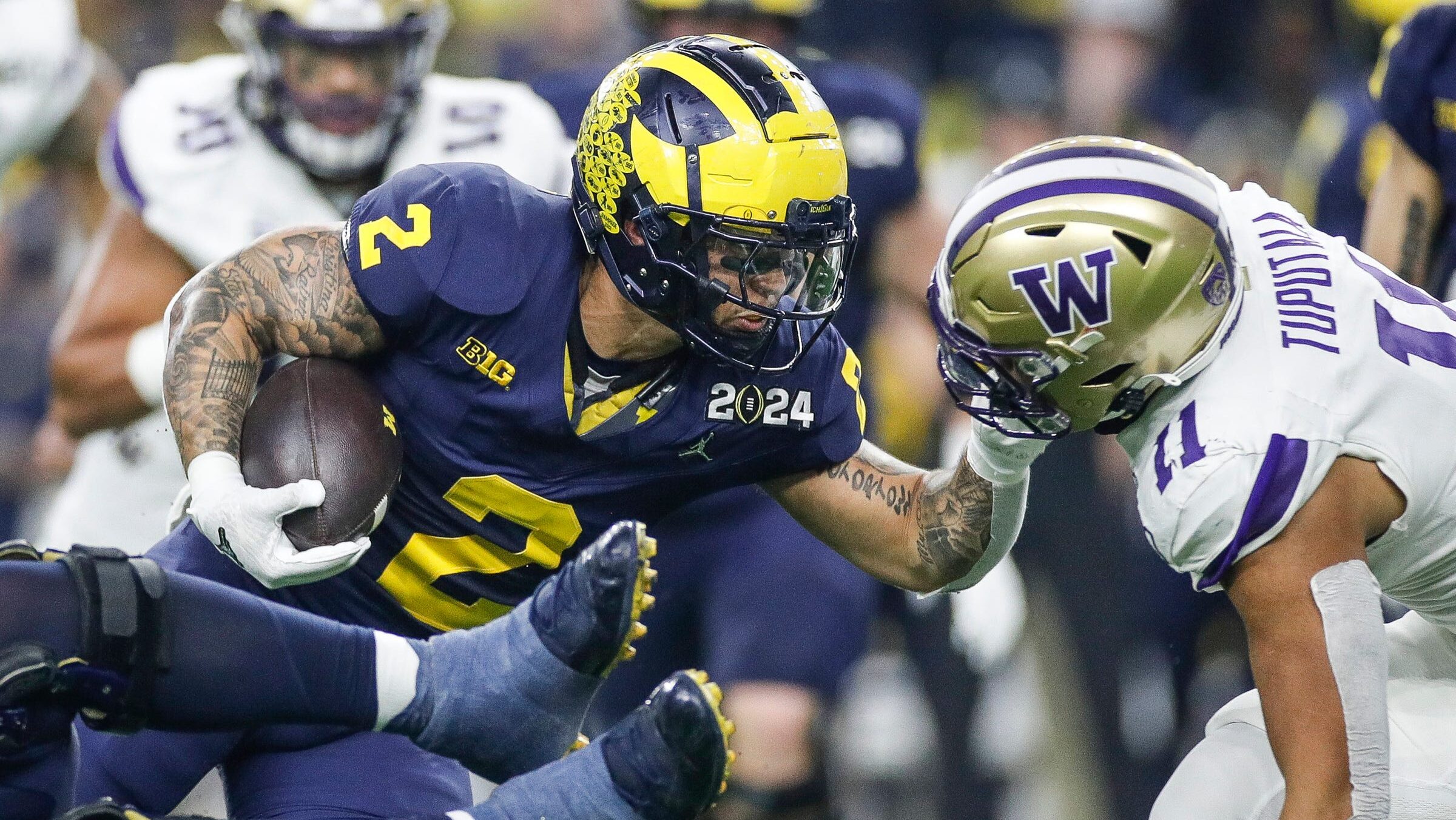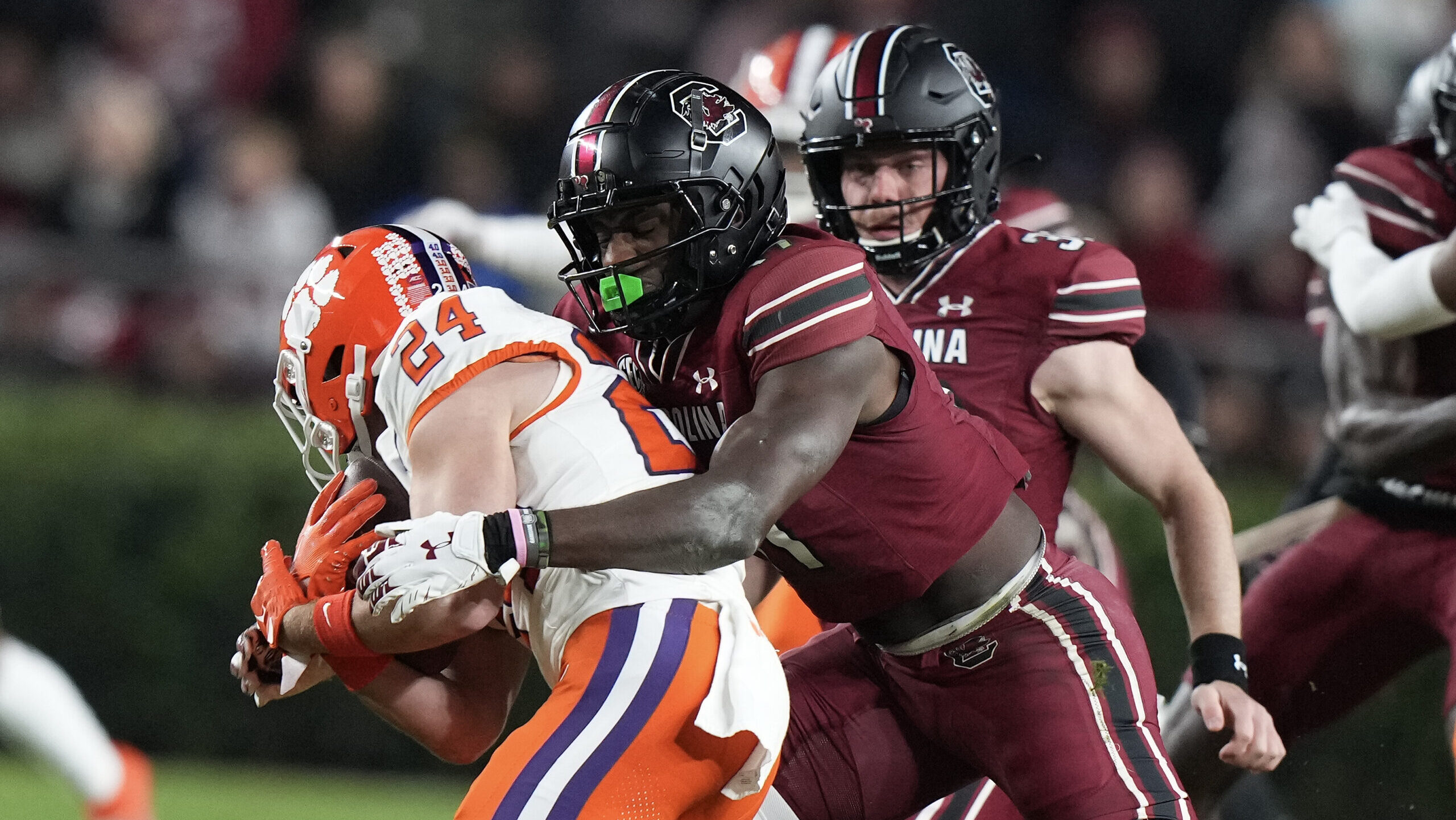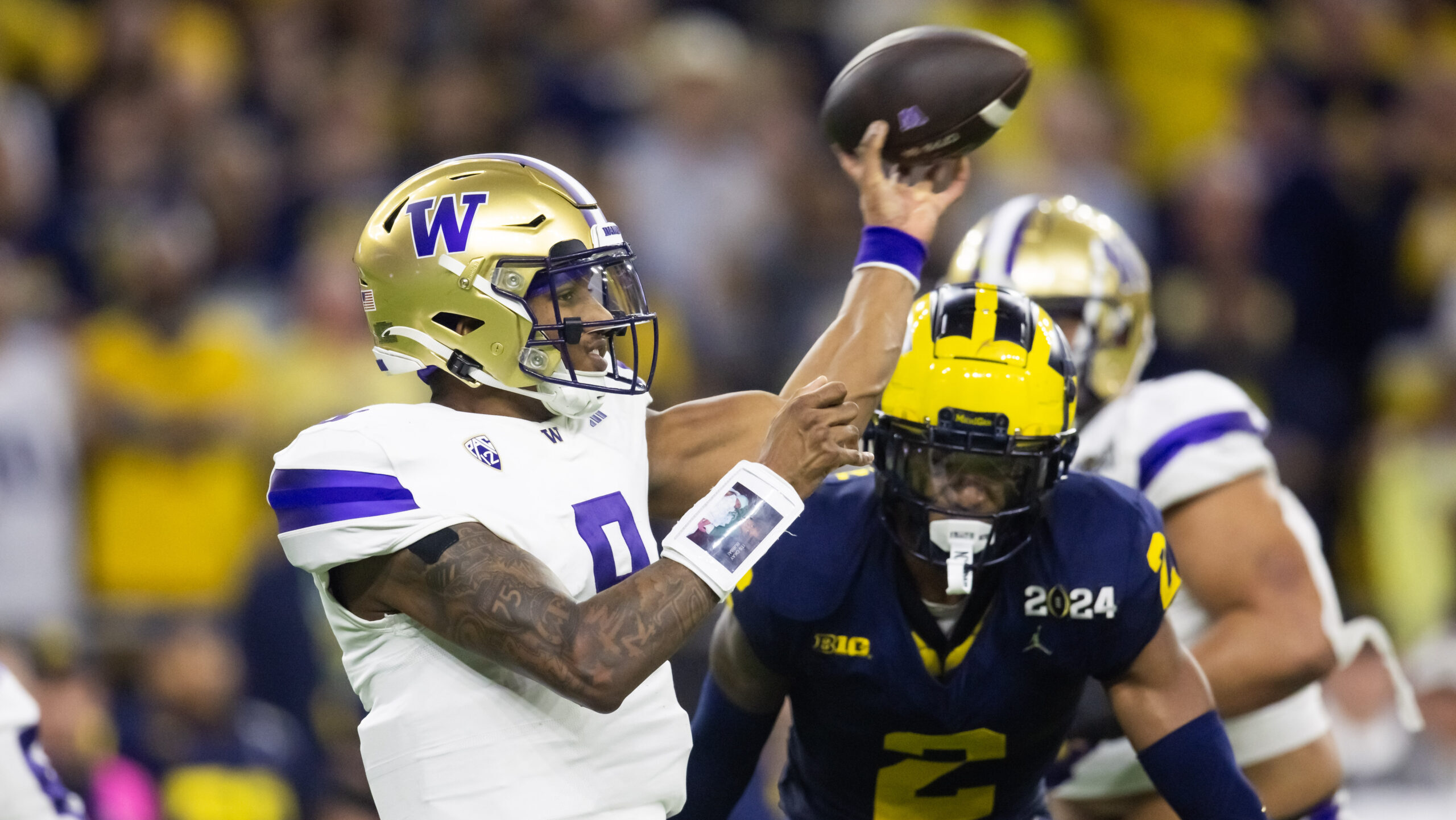Fantasy
7/28/23
6 min read
Understanding DFS Lineup Building, How to Handle Losses

In the world of Daily Fantasy Sports (DFS), successful players rely on a mix of data analysis, insightful strategies and mental resilience to navigate the ever-changing landscape.
Two experienced DFS enthusiasts, Mark Garcia (Hilow) and Jordan Vanek, share their distinct approaches to the game, highlighting key statistics, lineup-building techniques and methods to handle wins and losses. As they delve into the intricacies of DFS, they provide valuable insights into how they tackle the challenges and joys of this exhilarating pursuit.
Lineup Building Process
Early Week Stats
As the sports betting market expands, bookmakers strive to set precise opening lines to balance wagers on both sides. Adjustments are made when sharp money or bulk bets influence the lines.
Monitoring opening lines and their movements throughout the week helps gauge market sentiment and potential opportunities. While game totals and Vegas-implied team totals are crucial starting points, other factors like human psychology, competing agents, injuries and macro trends play significant roles.
Important statistics in the analysis include net-adjusted line yards, sack rate, pace of play, matchup-specific metrics for passing and rushing, and players' success rates against base coverages. — Garcia
I begin by focusing on coverage data and how teams match up, especially in the passing game, which can be challenging to predict every week. The EDGE provides valuable insights into quarterbacks' success against specific coverages and which wide receivers get the most targets.
Next, I seek out The 33rd Team betting contributor Ryan Reynolds' offensive line column to understand the aspect of protection, which is essential for any successful passing game. In 2022, his analysis got me away from Derek Carr in a matchup against the New Orleans Saints when I saw Davante Adams playing a team without its best cover corner.
For running backs, I examine team trends and their performance against similar opponents. For example, the 2021 Buffalo Bills showed strong metrics in the run game. Still, they struggled against teams with potent run-blocking offensive lines and talented running backs like Derrick Henry and Jonathan Taylor.
No single metric dominates, so my focus is on making sense of each team's situation for that specific week. It involves analyzing vast amounts of data and film, but the rewards justify the effort. — Vanek
When to Look at Rostership?
As the slate approaches, projections tend to become more accurate. To complement my process, waiting until Friday evening or Saturday morning to examine projected rostership is the right time.
By then, my initial "dummy" builds for the week are being created, helping me assess how the different roster pieces fit together. This method allows me to make more informed decisions and optimize my lineup effectively. — Garcia
While I start exploring rostership early in the week to generate article ideas, my in-depth analysis primarily occurs on Saturday night and Sunday morning. This approach allows me to leverage the early insights for brainstorming. Still, I focus on delving deep into the rostership data during the critical final hours before making my final lineup decisions.
This way, I can maximize the accuracy of my projections and optimize my lineup effectively for the slate. — Vanek
Lineup Strategy
My process begins with a thorough breakdown of every game on the slate, allowing me to create a shortlist of viable ranges of outcomes played without being influenced by external factors. Afterward, I investigate industry trends to gain macro insights before delving into a range of outcomes projections and projected rostership.
When I begin the hand-building process, I prioritize the running back position and then focus on game environment correlations, which often involve selecting a quarterback and one or more pass-catchers. Balancing the roster with the remaining spots follows this step.
Although I have initial builds at this point, I prefer to take my time and incorporate theoretical elements based on observations from the field. As a result, I typically start building my first rosters no earlier than Thursday, with most weeks extending into Friday before the process is complete.
This deliberate approach allows me to make well-informed decisions and optimize my lineups effectively. — Garcia
I begin constructing my lineups at 11 a.m. EST on Sunday once all the necessary information is accessible. As a hand builder, I kick off the process by incorporating the stacks from my previously prepared article.
These serve as the foundation for each lineup I create. From there, I assess the written-up stacks and carefully choose the path that aligns with my preferred lineups. — Vanek
Handling Losses
To navigate the ups and downs of GPP play in DFS effectively, it's crucial to grasp the game’s significant inherent variance. This understanding is even more critical in leagues like the NFL, where the main slates are limited to only 18 occurrences.
In comparison, leagues like the NBA and MLB offer larger sample sizes and longer timelines for expected value and variance to normalize.
To increase volume in the NFL and allow for more iterations, consider participating in Showdown, early-only and afternoon-only slates. These additional options provide more opportunities for expected value and variance to even out.
However, keep in mind that playing more volume also means that -EV (negative expected value) players are likely to lose money faster. If DFS is primarily a hobby for you, it's advisable to focus on the slates that bring you the most enjoyment and excitement. This way, you can continue to enjoy the experience while managing your risk effectively. — Garcia
DFS contests typically pay out 20 percent of the field, with big rewards for the top two percent. Some weeks will be tough, others not so much. Embrace joy away from football, stay confident in your process and remember there are more weeks ahead.
Only play with money you're okay with losing. Keep a positive outlook, knowing variance is part of the game. — Vanek
Conclusion
From understanding the significance of variance and market sentiment to mastering lineup building and handling losses, Garcia and Vanek offer unique perspectives on excelling in DFS. Their dedication to research, strategic thinking and mental fortitude showcase the multifaceted nature of this pursuit.
By incorporating their valuable insights, we can better navigate the ups and downs, enhance our decision-making process and ultimately enjoy the thrill of DFS to the fullest.
Follow The 33rd Team Podcast Network on Spotify and Apple Podcasts.







